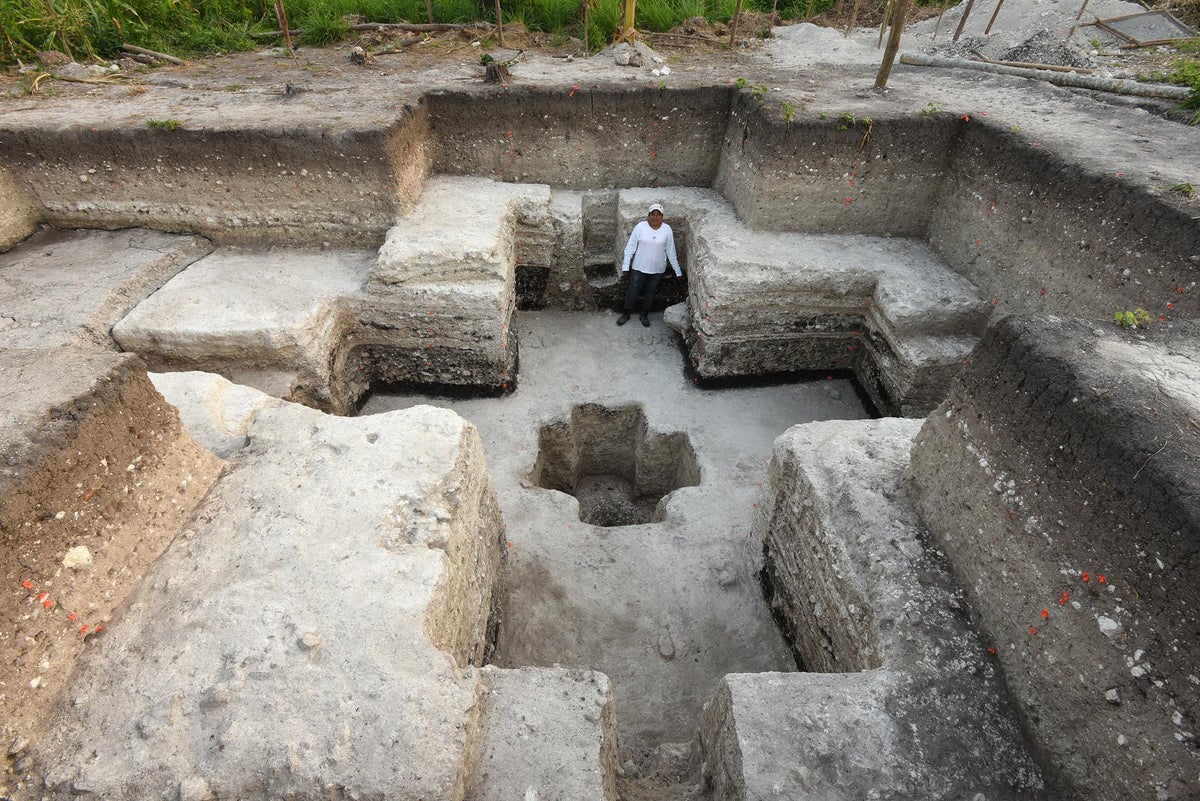
"After locating the Aguada Fenix site buried in the jungle of southern Mexico in 2017, Inomata and his team began digging downward and uncovered a massive cross-shaped pit. Inside the pit were pigments of blue azurite to the north, green malachite to the east and yellow ochre to the south, as well as marine shells interspersed with axe-shaped clay offerings to the west, says Inomata, a researcher at the University of Arizona."
"The cross and the canals, Inomata says, form a cosmograma monumental map of the universe etched into the landscape. Cosmograms were used by Mesoamerican civilizations to represent their understanding and cultural relationship with the cosmos. Inomata says that his and his colleagues' findings, published on Wednesday in Science Advances, challenge long-held assumptions about the social order of the ancient Maya and the reasons behind their architectural achievements."
Aguada Fenix, located in the jungle of southern Mexico in 2017, contains a massive cross-shaped pit once excavated downward. The pit held pigments: blue azurite to the north, green malachite to the east, yellow ochre to the south, and marine shells with axe-shaped clay offerings to the west. The cross aligns with giant canals extending toward the four cardinal directions, forming a cosmograma that maps the universe onto the landscape. Cosmograms represented Mesoamerican cultural understandings of the cosmos. These findings challenge assumptions that monumental Maya architecture resulted solely from later hierarchical rulers and organized labor after 350 B.C.E.
Read at www.scientificamerican.com
Unable to calculate read time
Collection
[
|
...
]